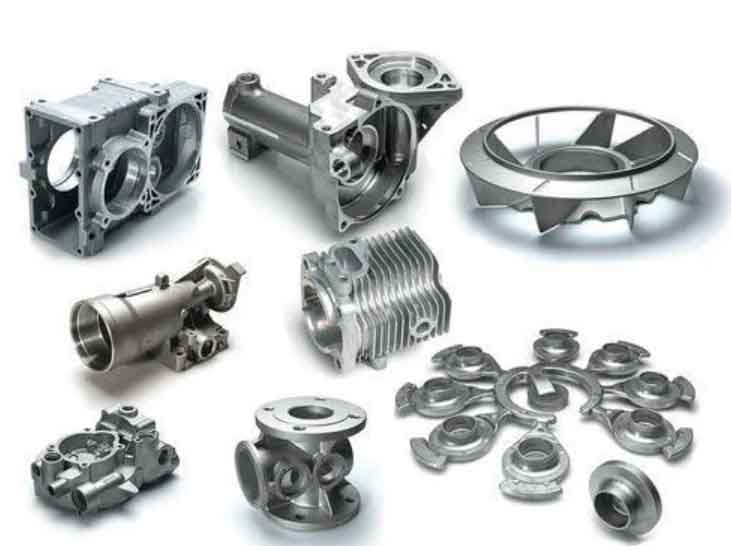
The microstructure of grey cast iron is a key factor in determining its mechanical properties and performance. Grey cast iron is characterized by a unique microstructure consisting of graphite flakes embedded in a matrix of ferrite and pearlite. The appearance of the graphite flakes gives the iron its distinctive grey color when fractured, hence the name “grey cast iron.” Let’s take a closer look at the microstructure components:
- Graphite Flakes: The presence of graphite is the most distinguishing feature of grey cast iron. The graphite forms during solidification in the form of interconnected flakes. These flakes act as a lubricant, providing self-lubricating properties to the material, which contributes to its excellent machinability and wear resistance.
- Ferrite Matrix: Ferrite is a phase in iron-carbon alloys that has a body-centered cubic (BCC) crystal structure. In grey cast iron, the matrix is primarily composed of ferrite. Ferrite is relatively soft and ductile, providing some toughness to the material.
- Pearlite: Pearlite is another phase in iron-carbon alloys, formed by the transformation of austenite during the cooling process. In grey cast iron, pearlite is found in the areas surrounding the graphite flakes. It consists of alternating layers of ferrite and cementite (an iron carbide), providing some strength and hardness to the material.
The microstructure of grey cast iron can be influenced by several factors, including the chemical composition of the alloy, cooling rate during solidification, and heat treatment processes. For instance, increasing the carbon content and cooling rate can lead to the formation of more extensive graphite flakes, which may result in improved wear resistance but reduced tensile strength.
The microstructure of grey cast iron plays a crucial role in determining its properties, such as:
- Machinability: The presence of graphite flakes provides natural lubrication, making grey cast iron easy to machine.
- Wear Resistance: The graphite flakes act as solid lubricants, reducing friction and enhancing wear resistance.
- Damping Capacity: The presence of graphite and the soft ferritic matrix contribute to the excellent damping properties of grey cast iron, making it useful in applications requiring vibration absorption.
- Thermal Conductivity: The presence of ferrite and pearlite phases contributes to the good thermal conductivity of grey cast iron.
However, the presence of graphite flakes also contributes to the relatively low tensile strength and brittleness of grey cast iron, limiting its use in applications requiring high tensile or impact strength.
In summary, the unique microstructure of grey cast iron, characterized by graphite flakes embedded in a ferritic-pearlitic matrix, imparts specific properties that make it suitable for a wide range of engineering applications, particularly those where wear resistance, machinability, and damping capacity are essential.
